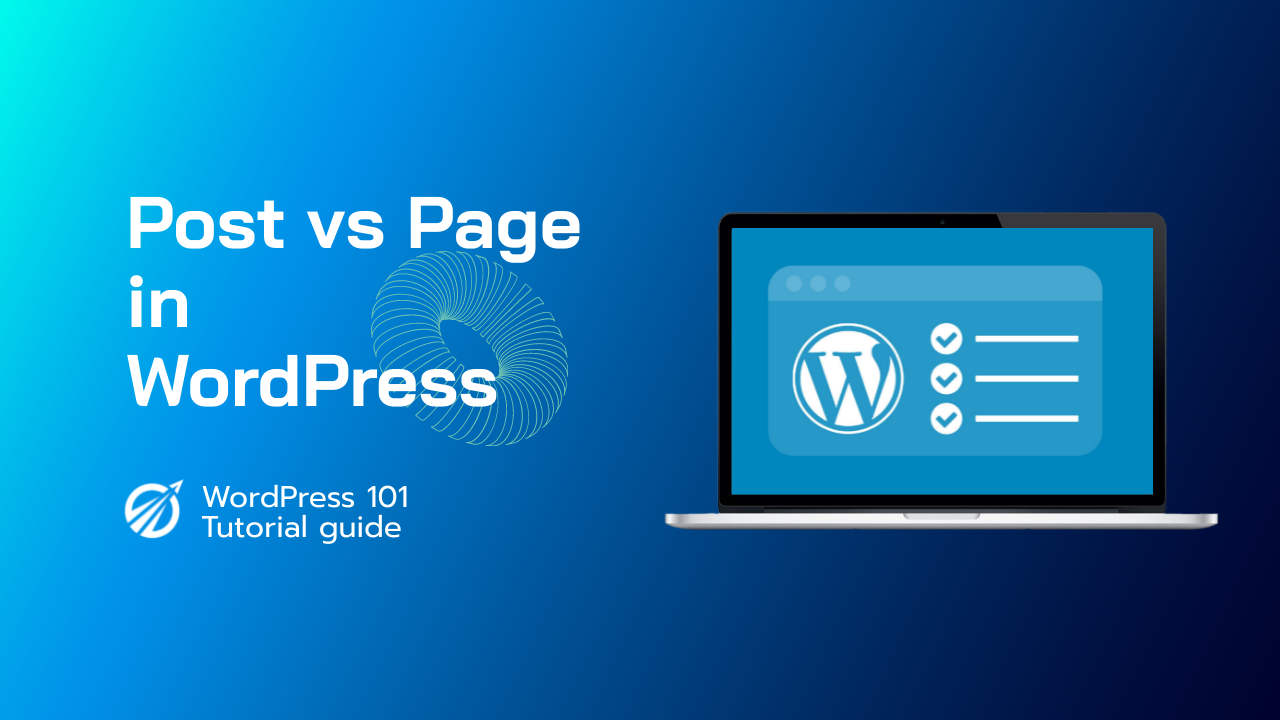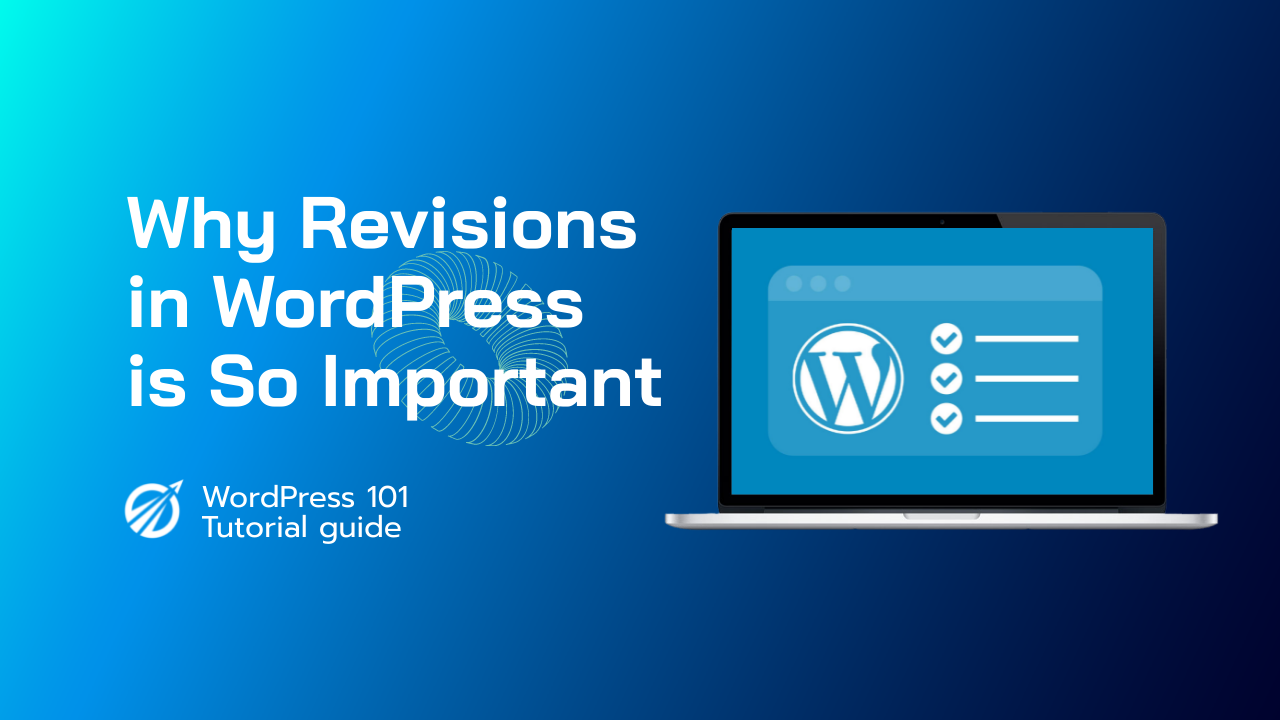Do you want to know what the distinction between posts and pages is?
WordPress comes with two different content types by default: posts and pages. Although they appear to be the same in the WordPress dashboard, they have different functions for your website.
We’ll go over the differences between posts and pages in WordPress in this article.
What are Posts in WordPress?
Blog content, articles, and other content listed on your blog page are all created using posts. They’re displayed in reverse chronological order, with the most recent content at the top.
If you’re running a blog with WordPress, you’ll probably end up using posts for the majority of your website’s content.
By going to the ‘Posts’ menu option in your dashboard, you can add and edit your WordPress posts. This is how the WordPress post editor appears.
Editor for WordPress posts
Because the most recent posts appear at the top of the list, your posts should be timely. Your previous posts have been archived by month and year
Your visitors will have to dig deeper to find older posts as they get older. You can categorize and tag your posts to make them easier to find.
Tags and categories for WordPress posts
If your site has a lot of content, you can include a search form to help your visitors find what they’re looking for. See our guide on how to make a custom WordPress search form for more information
To help you get more traffic, you can easily share your new WordPress blog posts with your readers. You can, for example, create an email newsletter, send automatic RSS feed emails, and send push notification messages, among other things.
Blog posts are also great for sharing on social media because of their timely nature. You can use social media plugins to let your users share your content on popular social media sites.
Conversation is also sparked by blog posts. They have an integrated comment feature that allows users to leave feedback on a specific topic. Comments, pingbacks, and trackbacks are all enabled by default.
Allow comments on blog posts.
The comments section follows the main article content. In most cases, comments on your WordPress pages will be disabled.
If you prefer, you can disable comments on older posts by going to Settings » Discussion.
Post metadata is also displayed in WordPress posts. On individual posts and your blog page, this is the information listed after the blog post title.
Then, What are Pages in WordPress?
Pages are static “one-off” content such as your about page, privacy policy, contact page, and other similar pages. Pages are timeless entities, and the WordPress database stores the published date of the page.
Your about page, for example, is not supposed to expire. Sure, you can go back and make changes, but chances are you won’t remember about page 2022, page 2023, and so on.
Because pages aren’t designed to be social, they don’t usually have social sharing buttons. You probably don’t want people sharing your privacy policy page on Twitter, for example.
Pages are also devoid of comments. On your contact page or your terms of service page, you don’t want users to leave comments. It is possible to enable comments. For your WordPress pages, however, it is disabled by default.
Pages, unlike posts, are hierarchical in nature. Within a page, for example, you can have subpages or child pages.
When editing a page, you can quickly turn it into a subpage by selecting a parent page from the ‘Page Attributes’ section.
Pages vs. Posts – 4 Key Differences
Pages are timeless, while posts are timely.
Pages are not meant to be shared on social media, whereas posts are.
Pages are hierarchical and organized as child and parent pages, while posts are organized using categories and tags.
Pages do not have an author or a published date, whereas posts do.



















